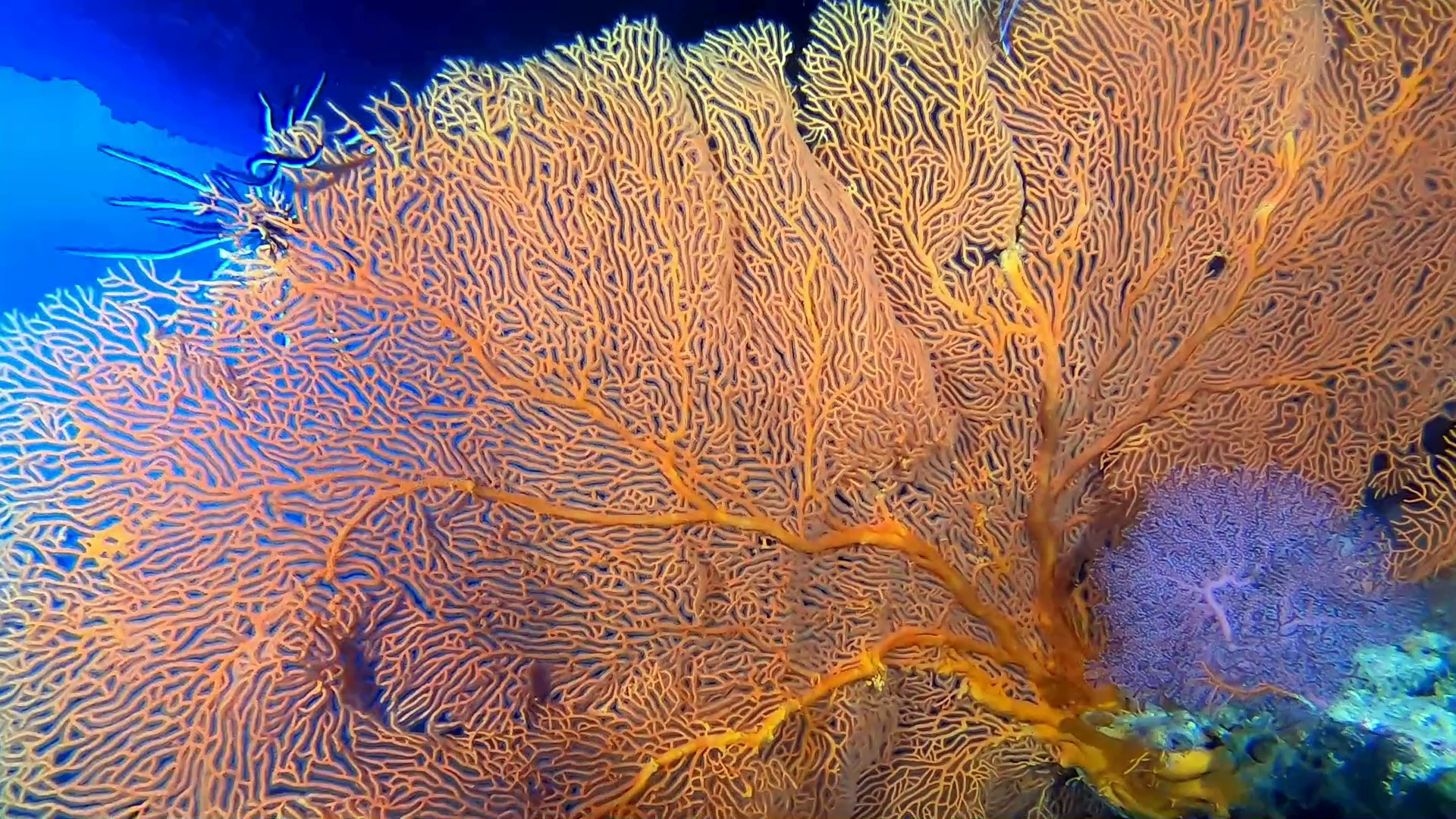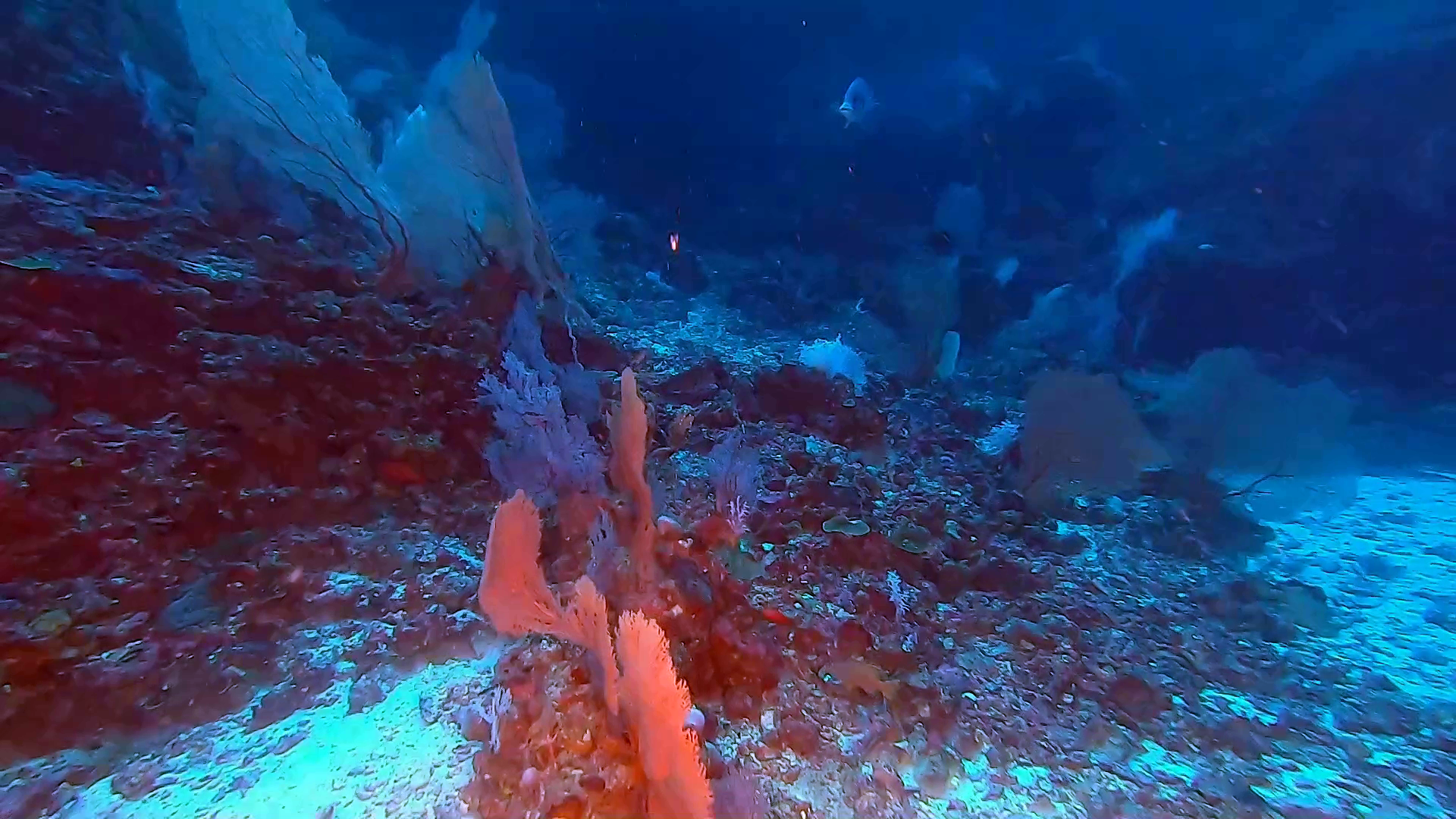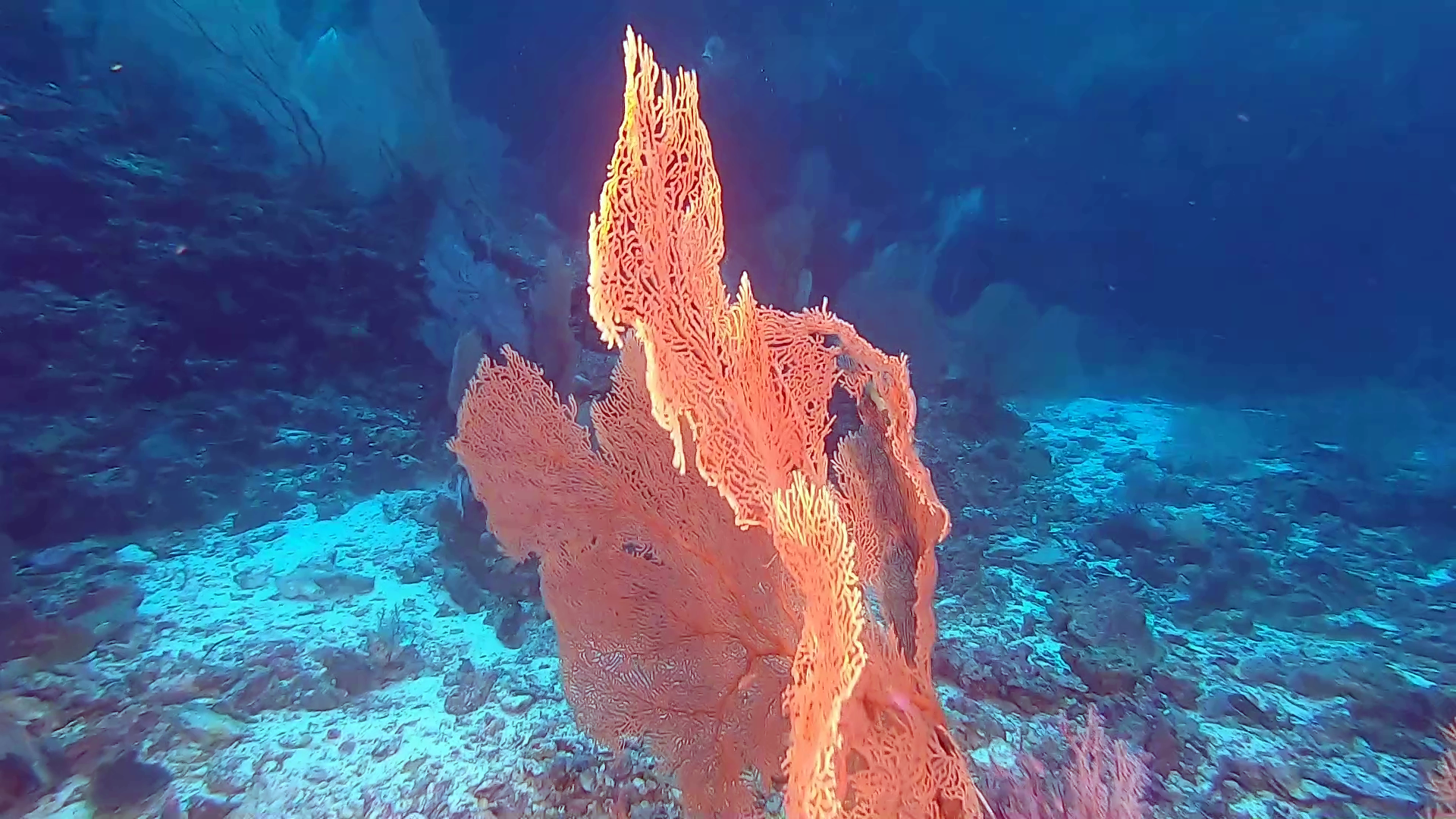Gorgonia Ventaglio Gigante - Subergorgia hiksoni
Gorgonia a Ventaglio gigante – Sea Whip coral – Subergorgia hiksoni – intotheblue.it – Gorgonia Ventaglio gigante Subergorgia hiksoni intotheblue.it

Alcyonacea, or soft corals, are an order of corals that do not produce calcium carbonate skeletons. Formerly known as gorgonians, they are sessil colonial cnidarians found throughout the oceans of the world, especially in the tropics and subtropics. Common names for subset of this order are sea fans and sea whips and are similar to the sea pen, a soft coral. Individual tiny polyps form colonies that are normally erect, flattened, branching, and reminiscent of a fan. Others may be whiplike, bushy, or even encrusting. A colony can be several feet high and across, but only a few inches thick. They may be brightly coloured, often purple, red, or yellow. Photosynthetic gorgonians can be successfully kept in captive aquaria.

About 500 different species of gorgonians are found in the oceans of the world, but they are particularly abundant in the shallow waters of the Western Atlantic, including Florida, Bermuda, and the West Indies. The structure of a gorgonian colony varies. In the suborder Holaxonia, skeletons are formed from a flexible, horny substance called gorgonian. The suborder Scleraxonia species are supported by a skeleton of tightly grouped calcareous spicules. Also, some speciesh encrust like coral. Most of the Holaxonia and Sclerazonia, however, do not attach themselves to a hard substrate. Instead, they anchor themselves in mud or sand.

Soft corals contain minute, spiny skeletal elements called sclerites, useful in species identification. Sclerites give these corals some degree of support and give their flesh a spiky, grainy texture that deters predators. In the past, soft corals were thought to be unable to lay new foundations for future corals, but recent findings suggest that colonies of the leather-coral genus Sinularia are able to cement sclerites and consolidate them at their base into alcyonarian spiculite, thus making them reef builders.
Unlike stony corals, most soft corals thrive in nutrient-rich waters with less intense light. Almost all use symbiotic photosynthetic zooxanthellas as a major energy source. However, most readily eat any free-floating food, such as zooplankton, out of the water column. They are integral members of the reef ecosystem and provide habitat for fish, snails, algae, and a diversity of other marine species.
(tratto da Wikipedia)
https://www.intotheblue.it/2021/12/17/sea-whip-coral/
